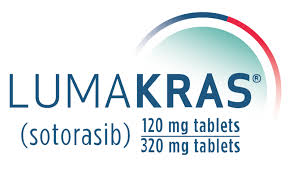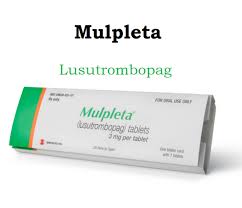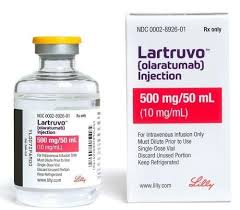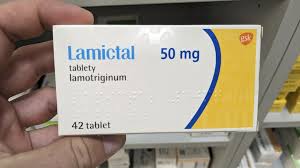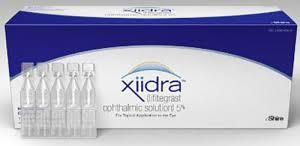Latuda
Latuda, the distinguished brand name for lurasidone, is a prescription medication expertly crafted to address mental health disorders, notably schizophrenia and the depressive phases of bipolar disorder. This medication is classified among atypical antipsychotics, renowned for their unique therapeutic properties. Herein, we delve into the intricate details of Latuda:
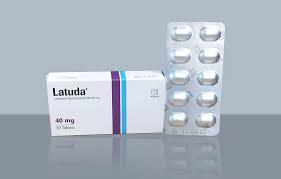
Mechanism of Action
Latuda exerts its effects by finely tuning the activity of specific neurotransmitters within the brain, with a particular focus on dopamine and serotonin. It functions as an antagonist at the dopamine D2 receptors and the serotonin 5-HT2A receptors, while also exhibiting partial agonist properties at select serotonin receptors (5-HT1A).
Indications
Schizophrenia
Latuda is sanctioned for the treatment of schizophrenia in both adults and adolescents aged 13 to 17 years.
Bipolar Depression
It is also approved for managing depressive episodes linked to bipolar I disorder in adults and children aged 10 to 17 years. This medication may be administered as a standalone treatment or in conjunction with lithium or valproate.
Dosage and Administration
For Schizophrenia:
The initial dosage is set at 40 mg once daily, with an effective range spanning from 40 to 160 mg per day.
For Bipolar Depression:
The starting dose is 20 mg once daily, with an effective range of 20 to 120 mg per day. It is recommended to take Latuda once daily with a meal containing at least 350 calories to optimize absorption.
Common Side Effects
General side effects may include:
– Nausea
– Drowsiness
– Restlessness
– Akathisia (a feeling of inner restlessness)
– Weight gain
– Insomnia
– Tremors
Metabolic side effects, while less prevalent than those associated with other atypical antipsychotics, may involve minimal alterations in blood sugar, cholesterol, and triglyceride levels.
Serious Adverse Reactions
Neuroleptic Malignant Syndrome (NMS):
An uncommon yet perilous reaction characterized by elevated body temperature, muscle rigidity, and altered mental state.
Tardive Dyskinesia (TD):
Involuntary movements, frequently affecting the facial area and tongue, which may become irreversible.
Severe allergic responses.
An increased mortality risk in elderly individuals suffering from dementia-related psychosis, akin to other antipsychotic medications.
Contraindications
Documented hypersensitivity to lurasidone or any of its constituents.
Simultaneous administration of potent CYP3A4 inhibitors (such as ketoconazole) or inducers (like rifampin), as these significantly influence the metabolism of lurasidone.
Drug Interactions
Potent CYP3A4 inhibitors: Elevate lurasidone concentrations, potentially leading to toxicity (e.g., clarithromycin, itraconazole).
Potent CYP3A4 inducers: Diminish effectiveness by lowering lurasidone levels (e.g., carbamazepine, phenytoin).
CNS depressants: May result in enhanced sedation.
Precautions
Pregnancy and Breastfeeding:
Limited information regarding safety in pregnancy; a careful evaluation of benefits versus risks is essential. Use during breastfeeding is discouraged unless absolutely necessary.
Pediatric Use:
Authorized for specific conditions in adolescents and children, though dosage modifications are required.
Elderly Patients:
Exhibit heightened sensitivity to side effects, particularly sedation, orthostatic hypotension, and metabolic alterations.
Monitoring
Routine assessment of weight, glucose levels, and lipid profiles is advisable due to potential metabolic implications.
Regular evaluations for movement disorders (e.g., tardive dyskinesia).
Advantages
Latuda boasts a favorable metabolic profile in comparison to other atypical antipsychotics, rendering it a preferred choice for patients wary of weight gain or metabolic disturbances.
It is particularly effective for bipolar depression, a condition with limited approved treatment alternatives.

